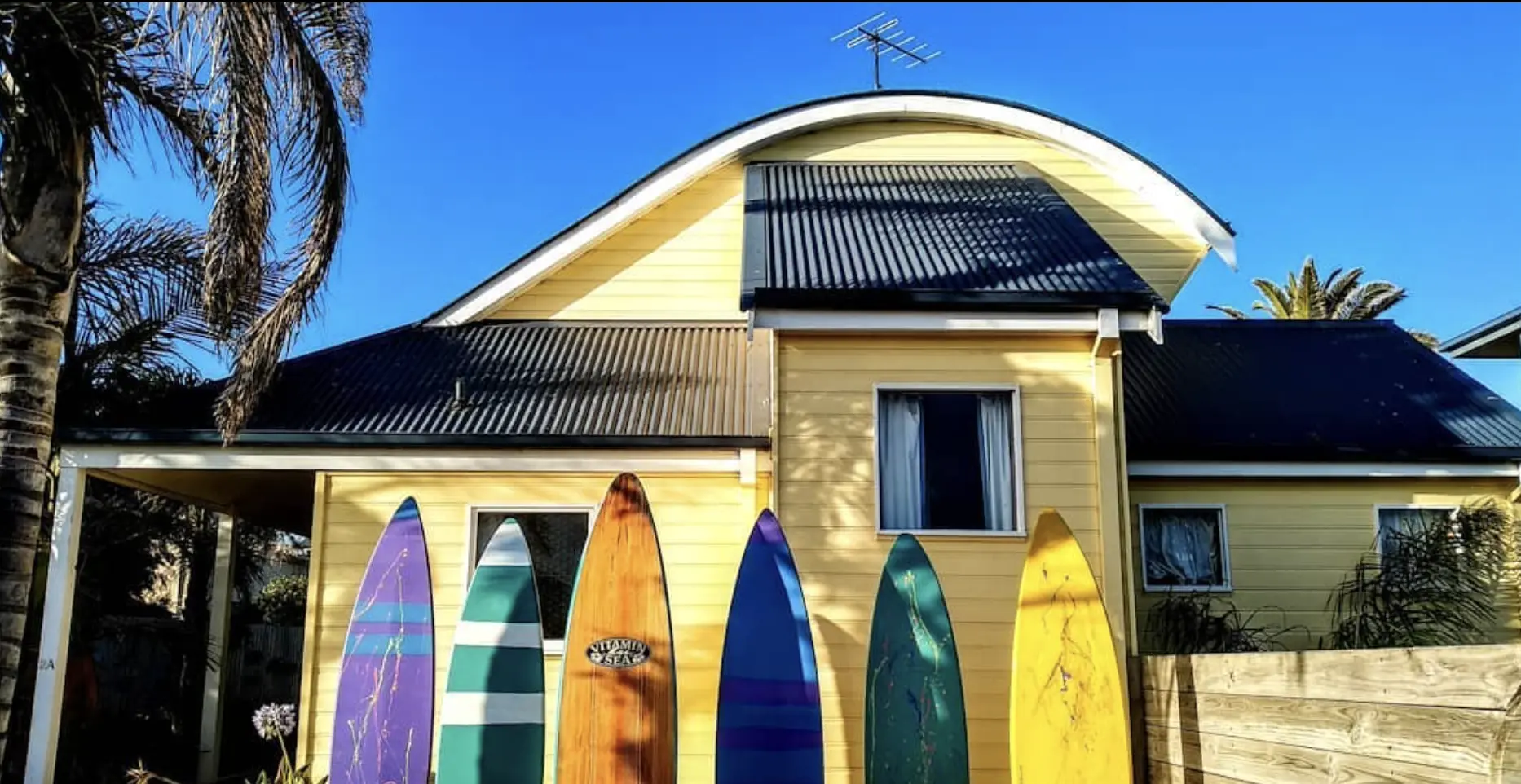You can smell the salt in the air before you even see the breakers. Torquay Surf Beach isn’t just another patch of sand — it’s the heartbeat of the Great Ocean Road, where wetsuits hang like flags of pride and dawn patrols kick off with strong coffee and stronger surf. When I first rolled into Torquay years ago with a board strapped to the roof of my ute, I didn’t yet know I was standing at the birthplace of Australian surf culture. This place is where the ocean writes its own rules — and if you’re game, you learn to read them.
Surf Capital Of Australia
Welcome to the Surf & Beach Capital of the country. This is where it all began — where the first Rip Curl wetsuit was stitched together in a Torquay shed, where Quiksilver went global, and where Bells Beach became the cathedral of competitive surfing.
Walk through Surf City Plaza and you’ll see the history of this all around you — surf factory outlets, muraled walls of the Rip Curl World Championships, and the Australian National Surfing Museum (formerly the Surf World Museum), which tells the story of how Australia fell in love with the sea.
If you’ve ever paddled out under the cliffs of Bells Bowl, you’ll know why this coast carries weight. It’s not just about the breaks — it’s about being part of something wild, enduring and beautifully unpredictable.
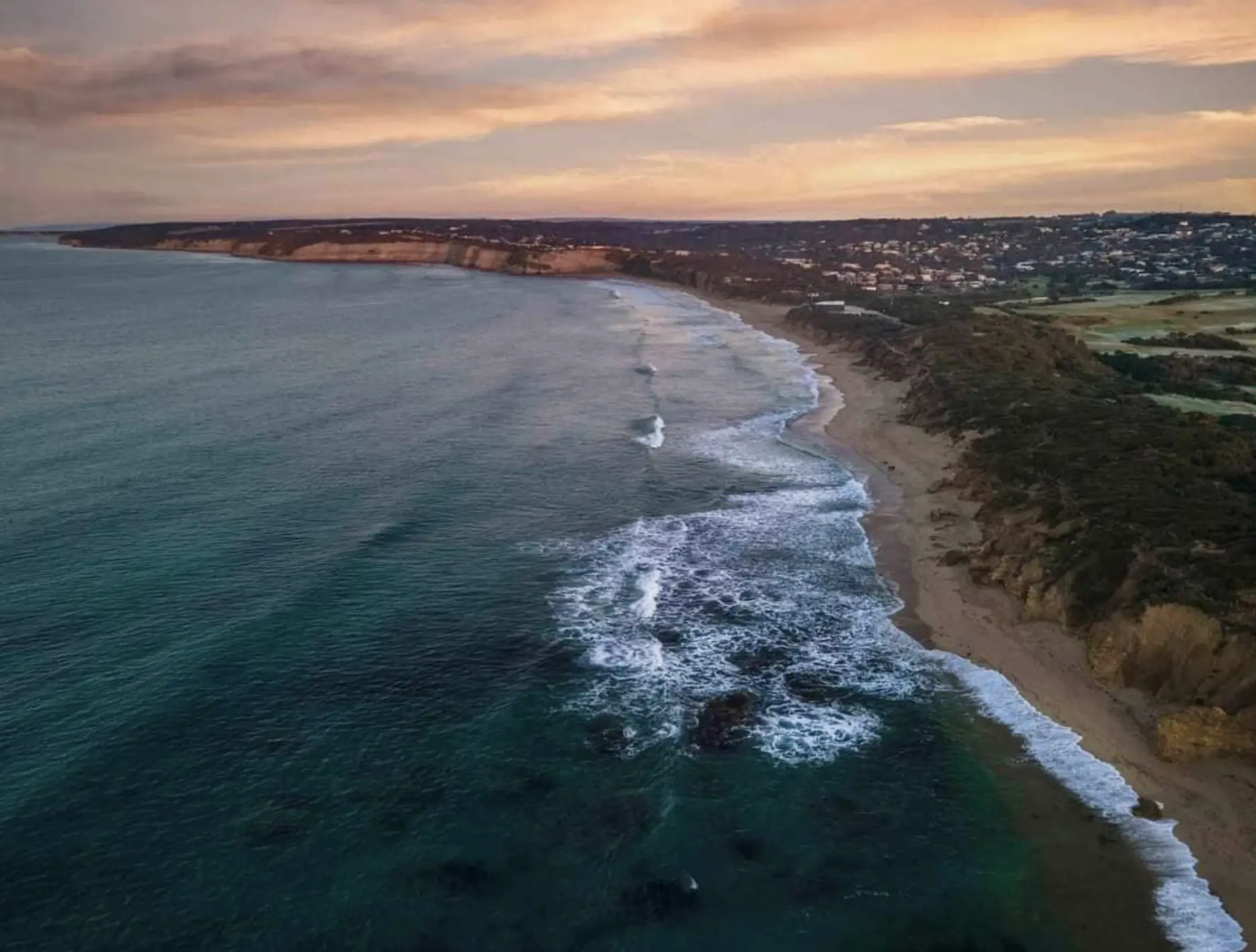
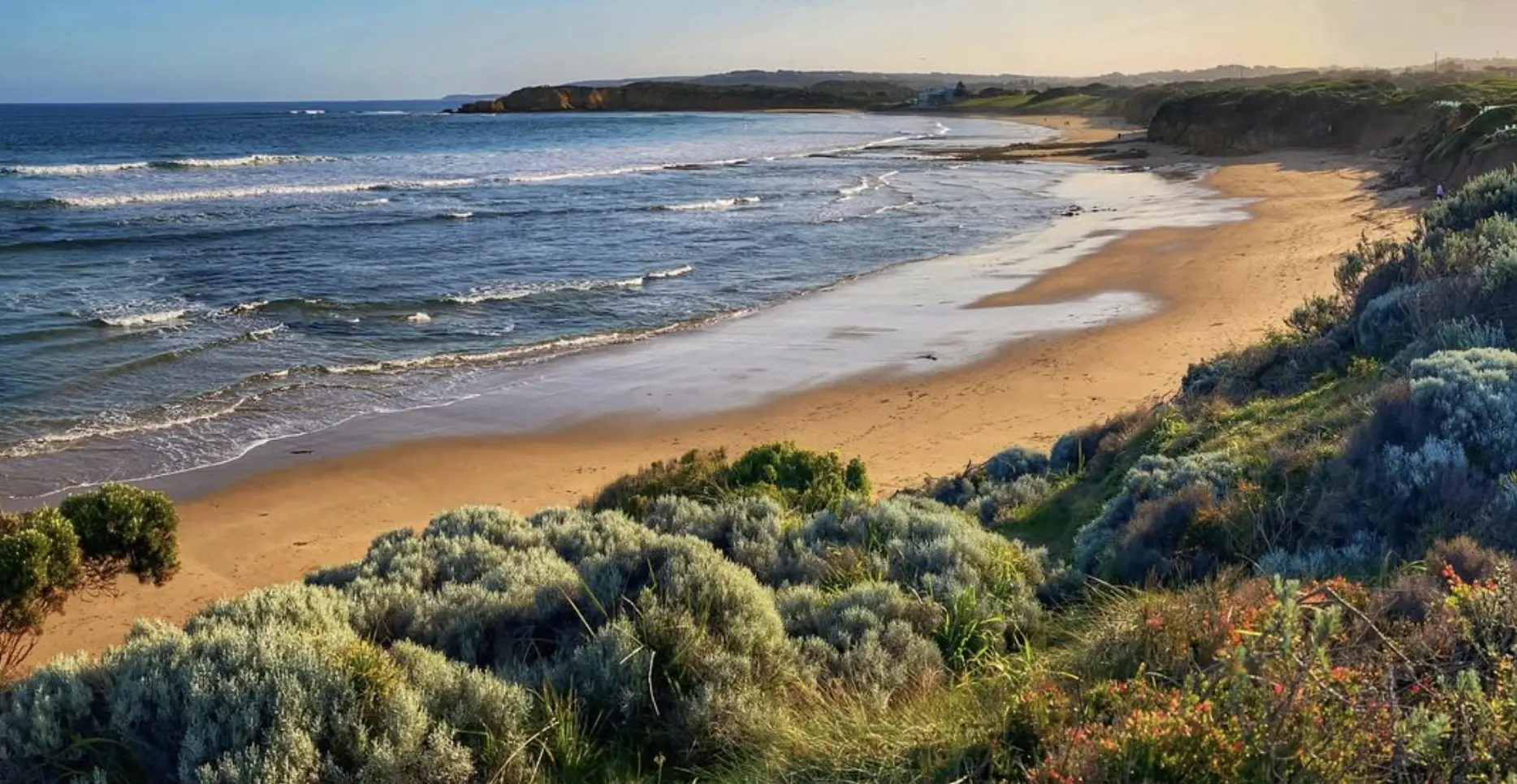
Read The Water Before You Paddle
You can tell a lot about a person by how they enter the surf. Torquay’s waves demand respect — they shift with the tide, wind and swell like a living thing. Before you wax up and charge in, take a few minutes to read the water.
Look for rip lines near Rocky Point and Torquay Back Beach. Watch how the waves feather under an offshore wind or crumble with a sea breeze. Note the swell direction (usually SW swell) and swell variation — it can change hourly along this exposed coast.
Surf Metrics
- Swell Direction: Predominantly SW swell
- Surf Height: 1–3m (chest to overhead), 4–5m at Bells Beach
- Condition Rating: Best under light N–NE offshore wind
- Sea Temp (°C): 13°C winter – 19°C summer
- Tide Influence: Mid-tide brings consistent shape
- Wind Forecast: Morning offshore, onshore shift after lunch
- Wetsuit: 3/2mm in summer, 4/3mm + neoprene boots in winter
Local tip? Watch what the Torquay SLSC volunteers do — they know these waters better than any app.
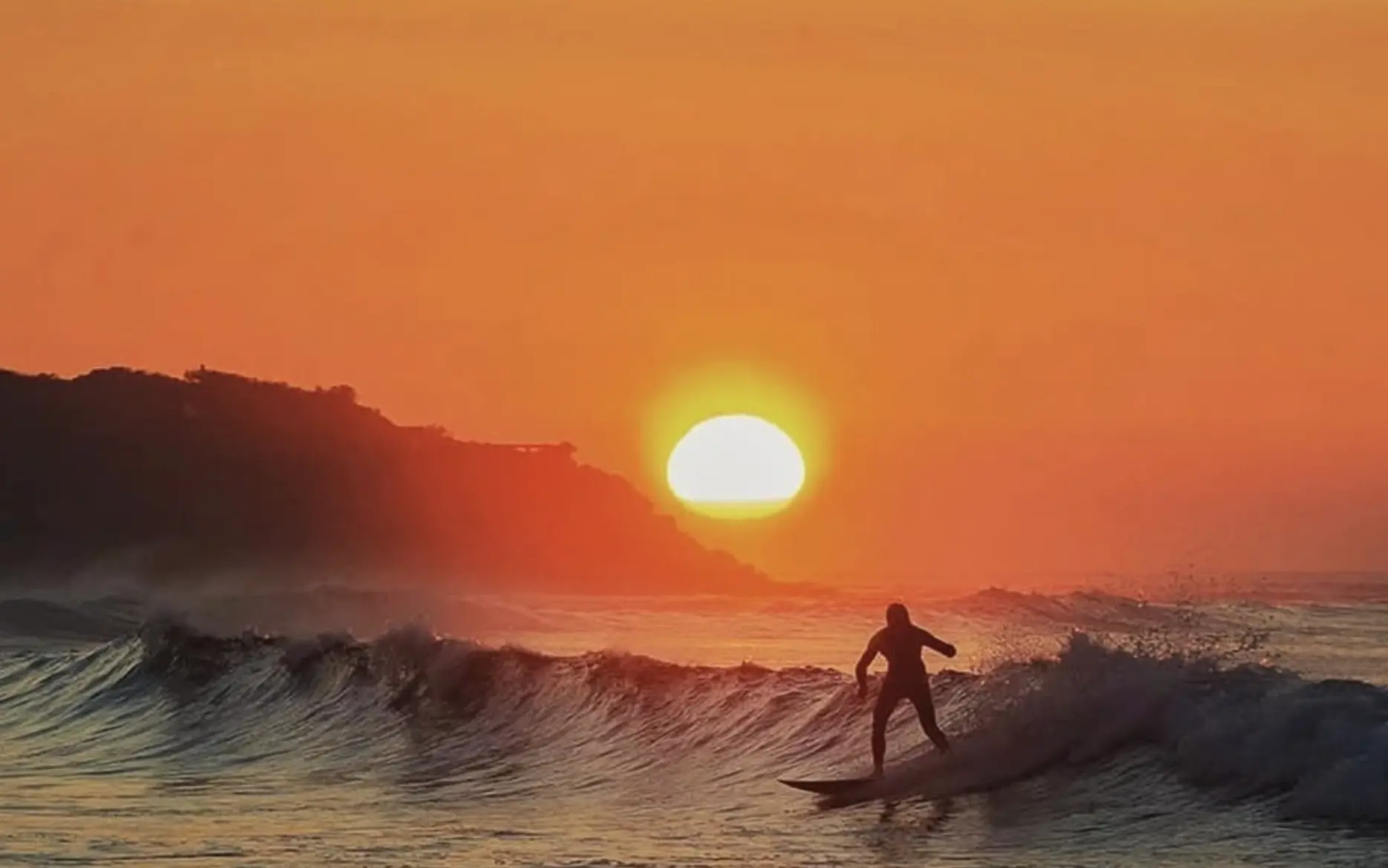
Learning The Breaks
Every beach has its personality, and Torquay’s line-up reads like a local family — some friendly, some moody, some downright wild.
- Torquay Surf Beach (Front Beach): Perfect for beginners and longboarders; smaller, more forgiving waves.
- Jan Juc Beach: More powerful and punchy; intermediate to advanced surfers.
- Bells Beach: The holy ground — world-famous, heavy right-hand point break, for confident riders only.
- Fisherman’s Beach: Calm, sheltered spot near the boat ramp, perfect for families or warm-up sessions.
Each break teaches you something different — how to duck dive with confidence, how to respect lineup etiquette, and how to get your timing right when the ocean tests your nerve.
Gear Up: Surf Shops And Rentals
Forgot your board wax or blew a fin plug? Don’t stress — Surf City is your mecca.
- Rip Curl Torquay Flagship Store: The original surf hub — part museum, part marketplace.
- Quiksilver Boardriders: Gear, good coffee, and live event streams during Rip Curl Pro.
- Torquay Surf Academy: Top-rated surf academy for all levels, lessons, board hire and safety training.
- Go Ride A Wave: Great for beginners — patient instructors and quality gear.
- Core Surf & Skate: Local legends with honest advice.
- SeaEarth Adventures and Southern Exposure — offering surf lessons, SUP hire, and Surf Coast Walk tours for non-surfers.
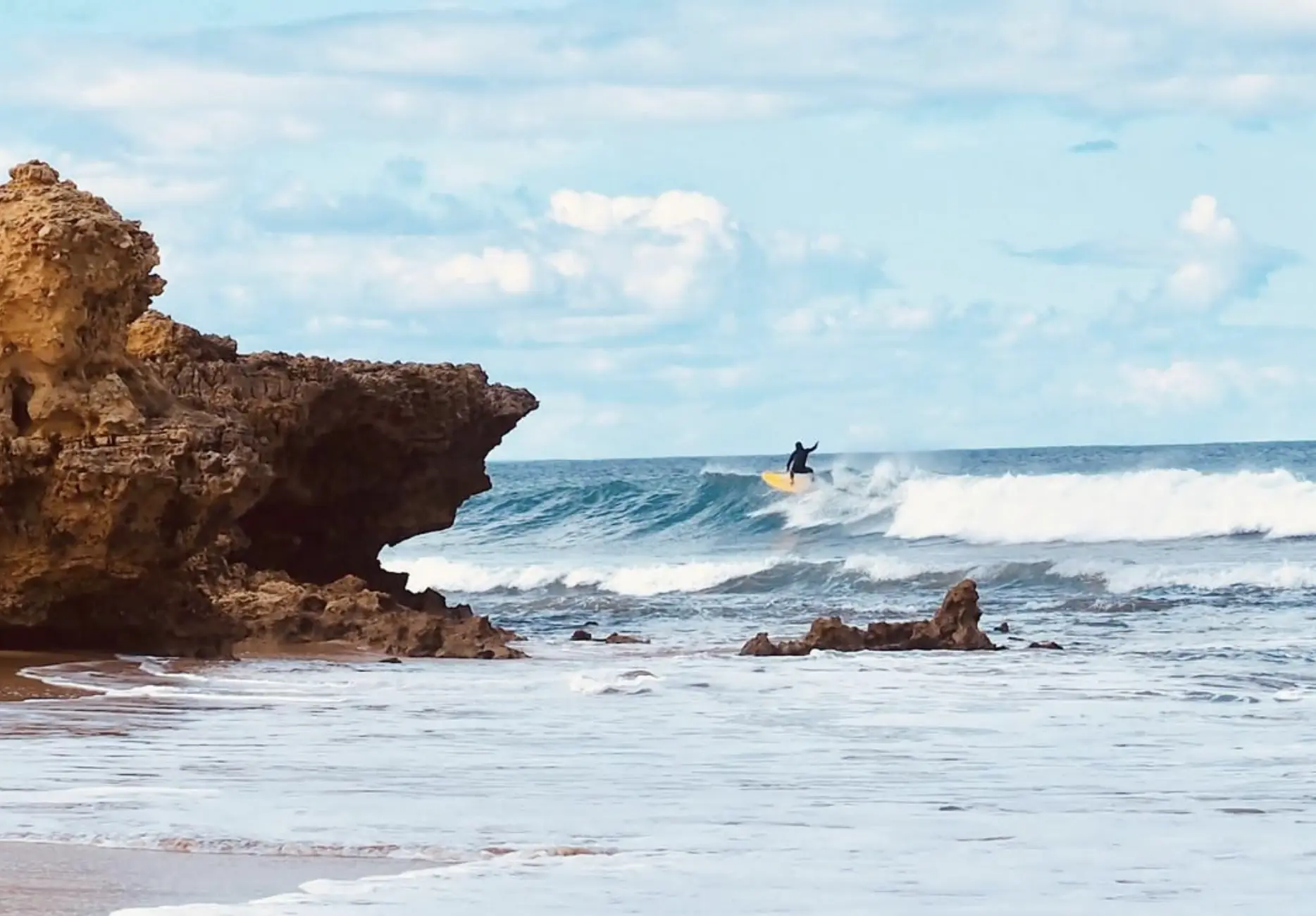
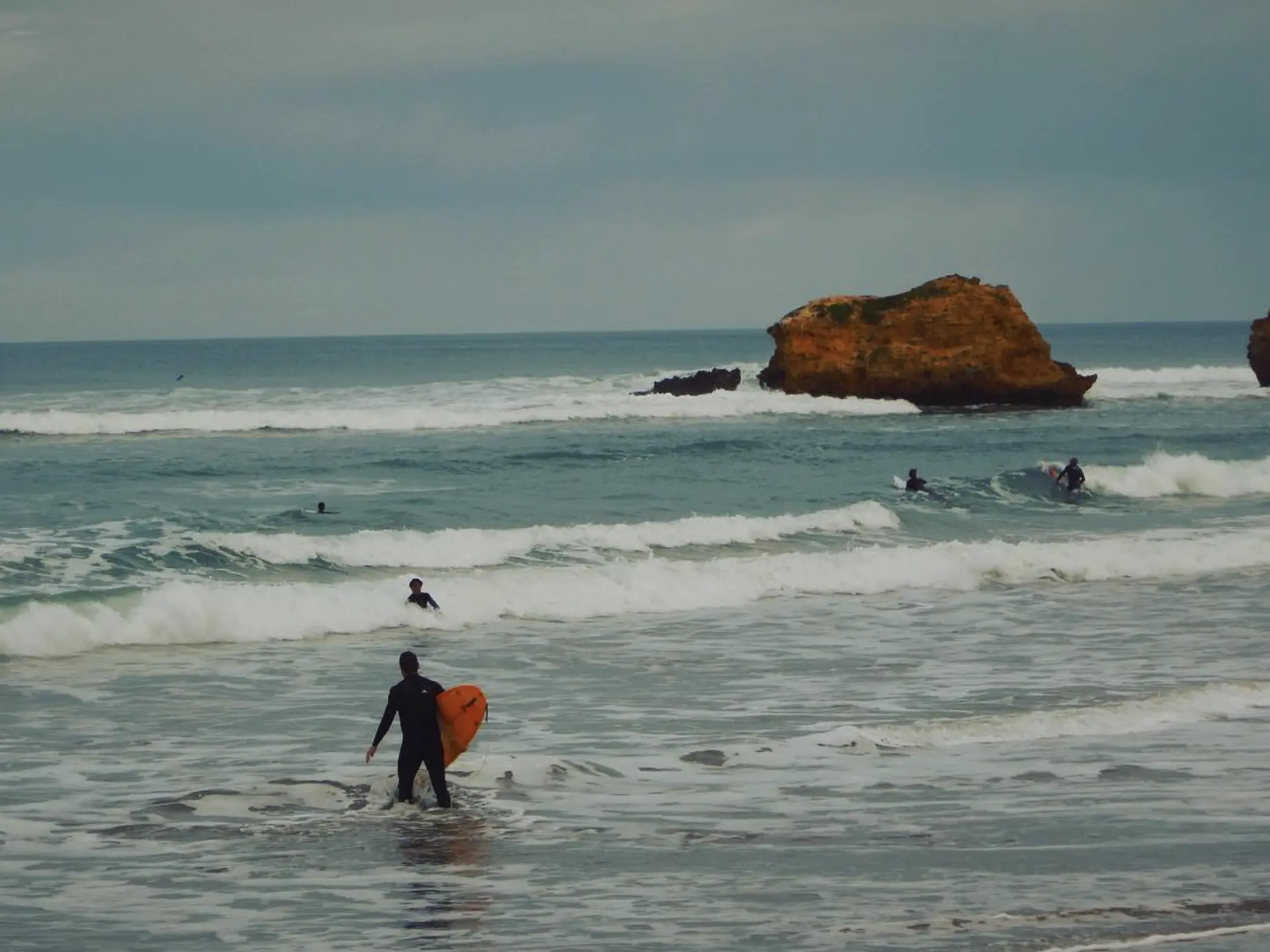
Beach Access And Facilities
The main car park is off The Esplanade, with easy access to changing rooms, outdoor showers and Torquay Surf Life Saving Club. Big grassy area perfect for a post-surf barbecue or a lie-down while you regain feeling in your arms.
- Toilets and cold showers
- Barbecue and picnic areas
- Beach wheelchair access
- Free public parking (busy in summer)
- Nearby cafés and surf shops
Elephant Walk Playground nearby keeps the groms entertained while you sneak in “one last wave.”
Local Life: The Rhythm Of The Surf Coast
There’s a buzz to Torquay — a mix of early morning wax rubs, coffee machines and dogs chasing foam along the beach. It’s part coastal town, part surf commune.
Locals congregate around Surf City Plaza, swapping tide talk, while shapers in back sheds tweak NSP hardboards and custom sticks. The volunteer crew at Torquay SLSC keep everyone safe, and the town’s craft skills stretch beyond the waves — from board shaping to sculpture, photography and design.
The Australian National Surfing Museum is worth a visit if you’re into surf history — from wooden “toothpicks” to modern epoxy boards, it’s a deep dive into how Torquay became the birthplace of surfing in Australia.
And when Rip Curl Pro Bells Beach rolls around each Easter, the town goes off. You’ll see world champions like Mick Fanning and Stephanie Gilmore carving The Bowl while the crowd cheers from the cliffs.
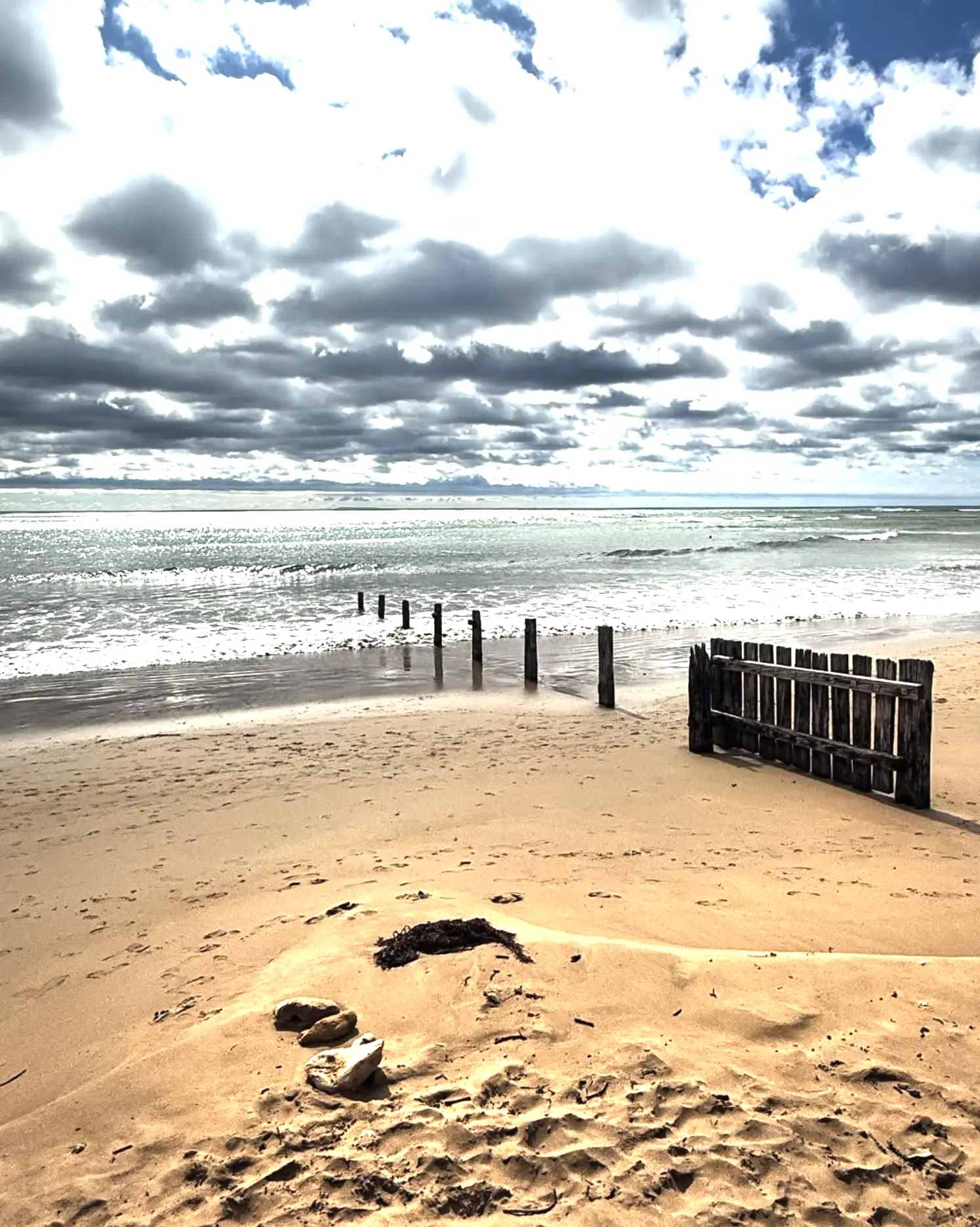
Staying Safe In The Surf
- Always surf between the red and yellow flags on Torquay Patrolled Beaches.
- Check the latest Wind Forecast and Condition Rating before you paddle out.
- Watch out for rip currents, especially near Rocky Point and Torquay Point.
- Don’t surf alone or after dark.
- If in doubt, ask the lifeguards — they’re legends for a reason.
Remember: it’s not weak to paddle in early — it’s smart. The Southern Ocean’s got teeth.
Best Time To Visit
| Season | Surf Conditions | Crowds | Notes |
|---|---|---|---|
| Summer (Dec–Feb) | Small, clean waves, warmer sea temp | Packed | Great for learners, best for beach vibes |
| Autumn (Mar–May) | Peak SW swell, light offshore wind | Moderate | Ideal for pros; Rip Curl Pro held in April |
| Winter (Jun–Aug) | Heavy, consistent surf | Quiet | Cold water, powerful sets at Bells Beach |
| Spring (Sep–Nov) | Variable but playful | Light | Perfect for Surf Coast Walk hikes |
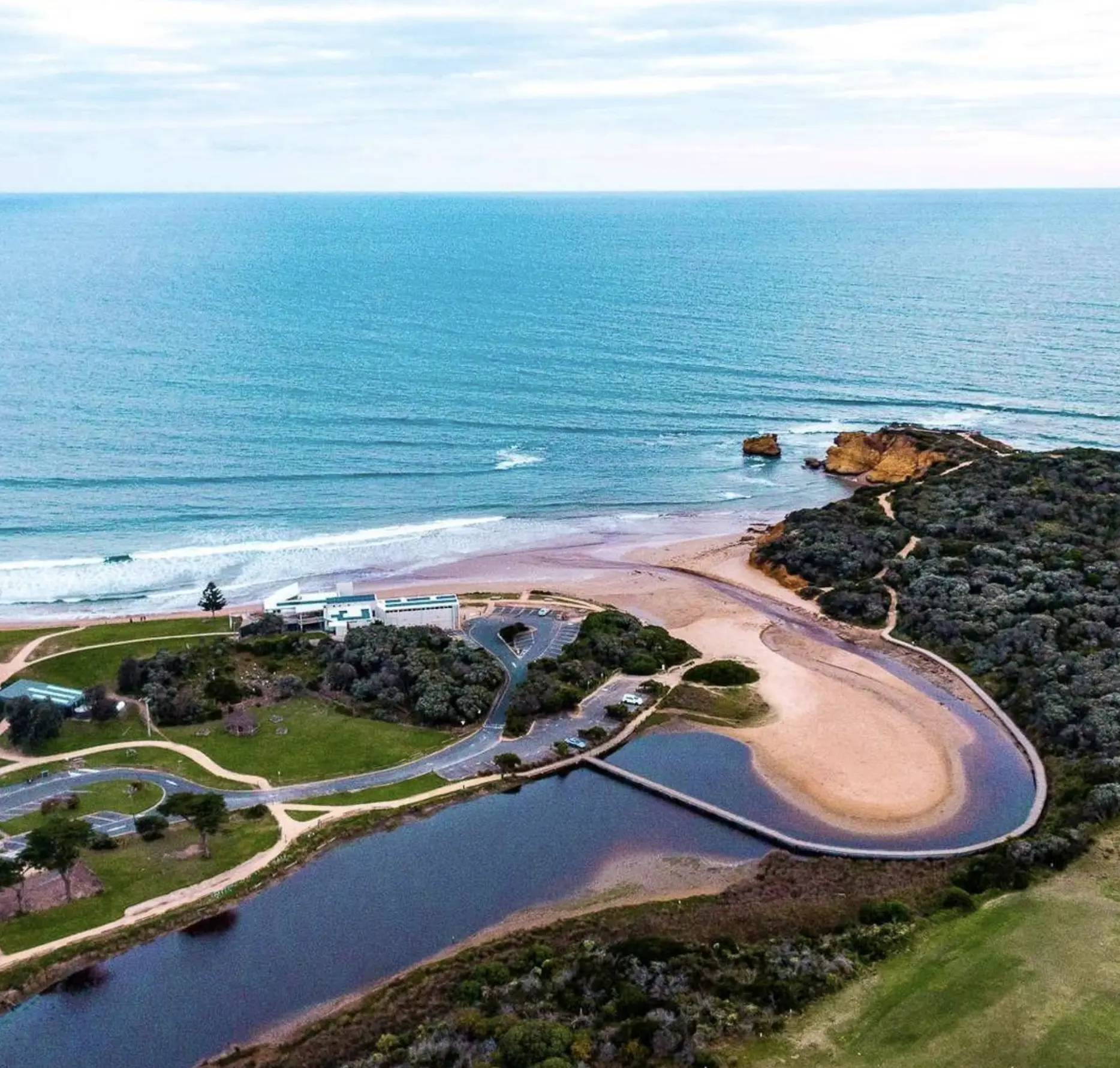
Where To Eat And Chill
- Fishos Torquay: Waterfront seafood, fresh off the trawlers.
- Bomboras: Classic surf bar vibes with live music.
- Third Wave Kiosk: Breakfast burritos with a view.
- The Kyn: Craft cocktails and local produce.
- Great Ocean Road Chocolaterie: Sweet pit stop 15 minutes inland — worth it.
- Blackman’s Brewery: Surf Coast Pale Ale, perfect after a long day in the waves.
Places To Stay: Surf, Sleep, Repeat
- Torquay Foreshore Caravan Park: Camp behind the dunes — best location.
- RACV Torquay Resort: Overlooking Jan Juc Beach, great for post surf recovery.
- Wyndham Resort Torquay: Ocean views, heated pool and close to Fishermans Beach.
- Bells Beach Backpackers: Cheap, cheerful and full of salty stories.
Wherever you stay, you’ll fall asleep to the sound of the Surf Coast — nature’s lullaby.
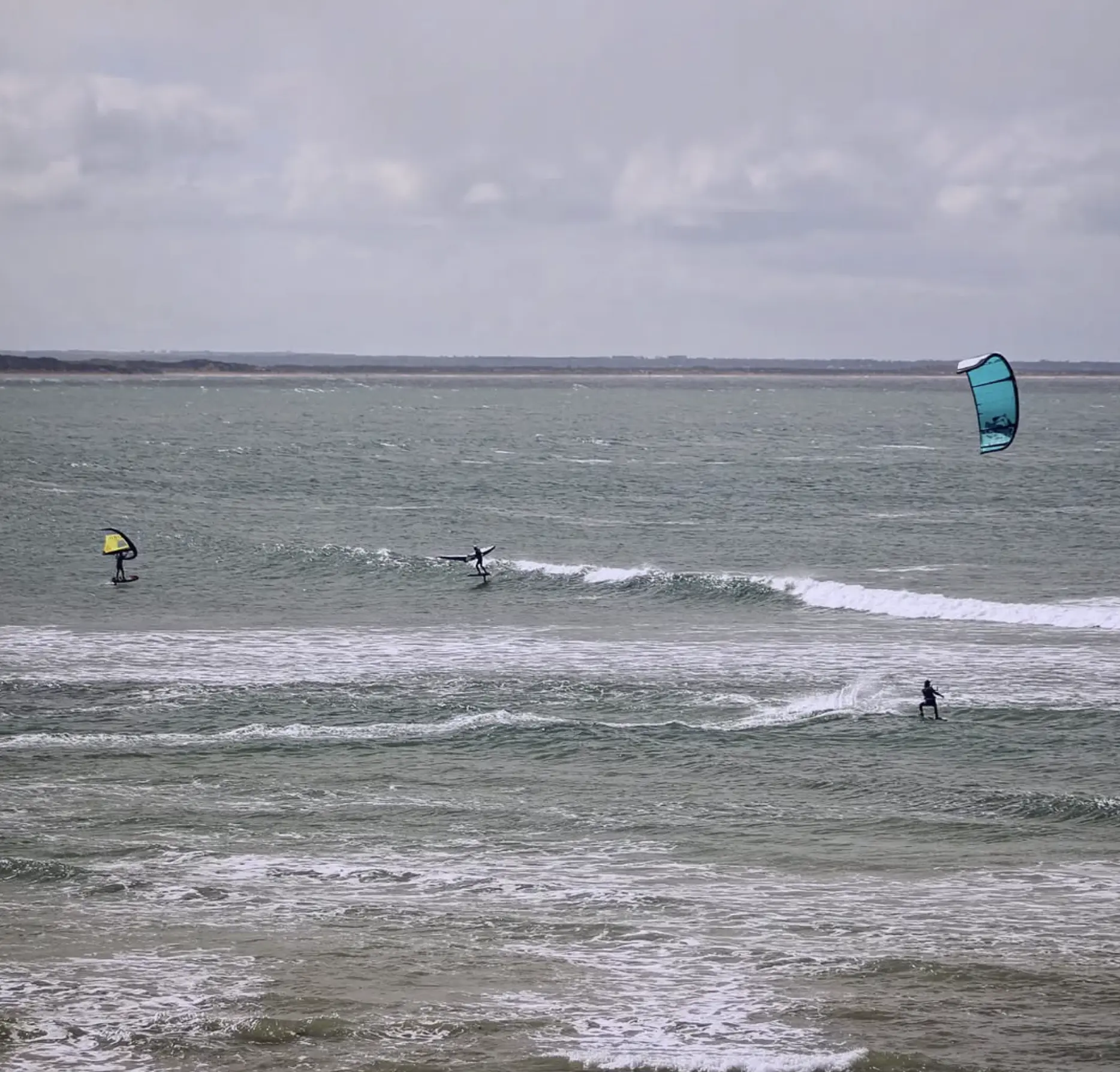
Getting Here
By Car: From Melbourne, follow the Princes Freeway (M1) to Geelong, then down the Surf Coast Highway (B100). It’s about a 105 km — 90 minute drive.
By Air: The nearest airport is Avalon Airport (45 minutes north), Melbourne Moorabbin Airport handles regional flights.
By Public Transport: Catch a V/Line train to Geelong and transfer to the local bus to Surf City Plaza. Once in town, everything — from Torquay Back Beach to Point Danger — is a short drive or walk away.
Phillip Island Tours Australia offers day trips, insider spots and surf-wise guides for exploring more of Victoria’s coast.
